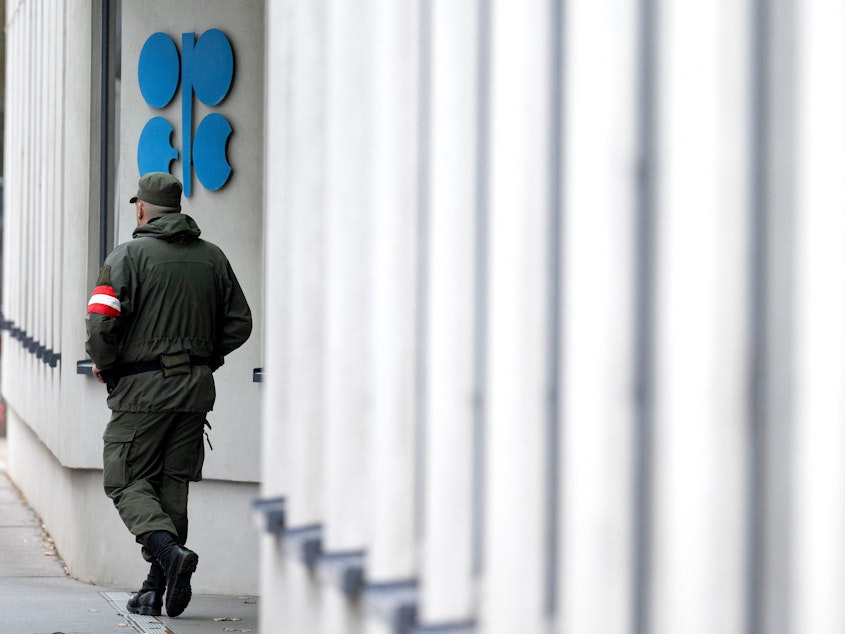Gloom oozes from energy forecasts that show oil demand dropping, heating bills rising

OPEC predicts that oil demand will soften in the next few months, thanks to economic headwinds, while the U.S. Energy Information Administration warns that winter heating bills are likely to rise.
Both closely watched fuel forecasts were released on Wednesday.
OPEC's monthly oil market report sounded a pessimistic note about global economic growth. And because economic growth drives oil demand, the group reduced its projections for growth in global oil consumption by 500,000 barrels per day, or more than 15%.
Meanwhile, the EIA's annual winter fuels outlook — focused on natural gas, electricity, heating oil and propane in the United States — anticipated rising fuel consumption based on forecasts for a relatively cold winter.
OPEC sees the global economy slowing down, for a lot of reasons
OPEC still projects oil demand will grow in the fourth quarter — just not as much as previously forecast.
The group expects oil demand for 2022 to land just shy of 100 million barrels per day. That's close to pre-pandemic levels, but OPEC had previously forecast that the world would blow past that watermark this year.
Why the slower growth? Take your pick. The group sees all kinds of uncertainty, including risks of:
Inflation
Rising interest rates
Geopolitical tensions
A winter surge in the pandemic
Unfilled jobs
Supply chain snarls
An energy crisis in Europe triggering a recession
These projections are also ensnared in politics.
OPEC and its allies, known as OPEC+, recently announced they would cut production quotas by 2 million barrels per day. The announcement temporarily pushed crude prices up. The United States, which does not coordinate with OPEC on how much oil it produces, had lobbied hard against the move, seeking to keep fuel prices low.
By issuing a report that projects lower-than-expected demand, OPEC reinforced its decision to reduce oil supply in the world.
Oil prices fell after the report was released.
Half of U.S. households will spend 28% more this winter to heat their homes
Every autumn, the EIA lays out its predictions for how much Americans will pay to heat their homes in the winter ahead.
This year, the agency notes that energy prices are relatively high, largely due to Russia's invasion of Ukraine. And the National Oceanic and Atmospheric Administration - the government's weather tracker - is forecasting a colder winter than last year.
That means a double whammy, with households both buying more fuel and paying more for it.
According to the forecast:
Households that use natural gas for heat — about half of U.S. homes — will spend about $930 on average over the winter, up 28% from last year.
Homes that use electricity — about 4 in 10 households — will pay an average of $1,360, up 10%.
The 4% of households using heating fuel should also expect significantly higher bills, up 27% to $2,350
The 5% of homes using propane will not see much of an increase; just $80 more, or a rise of only 5%, which is less than the rate of inflation.
Europe is bracing for what could be a catastrophic winter if cold weather collides with a lack of fuel, and that has turned global attention to natural gas supplies. U.S. natural gas inventories (that is, fuel currently in storage) are relatively low at the moment, and the industry is shipping record quantities of liquefied natural gas to Europe.
However, the EIA is not sounding any alarms about shortages in the United States, saying it expects that "increased demand this winter will be more than offset by growth in natural gas production."
As a result, natural gas prices will begin to decline after January, it predicted. [Copyright 2022 NPR]
